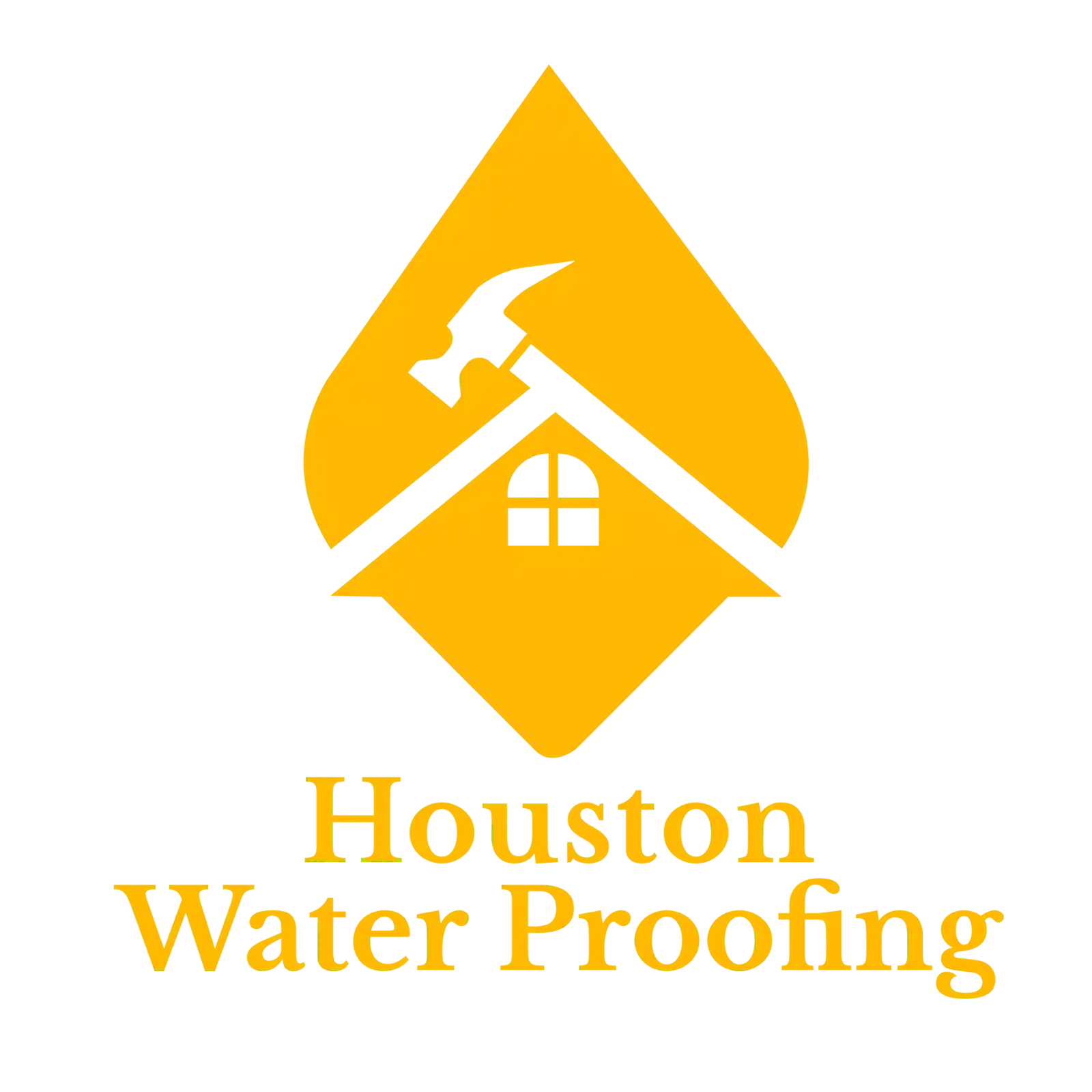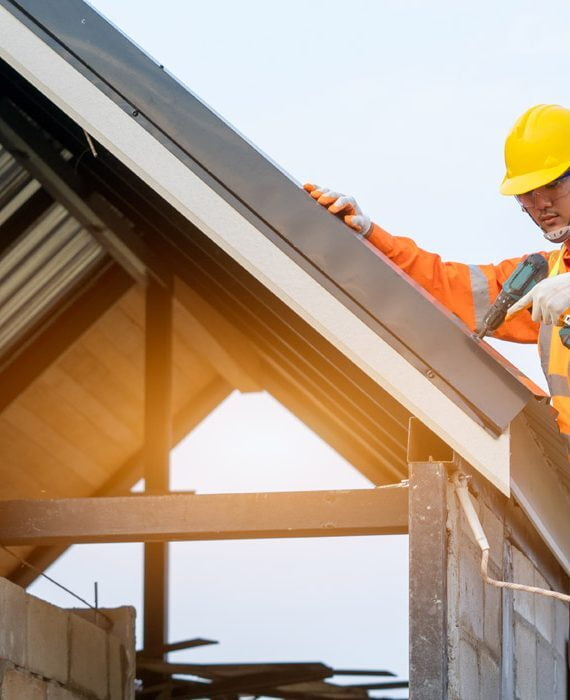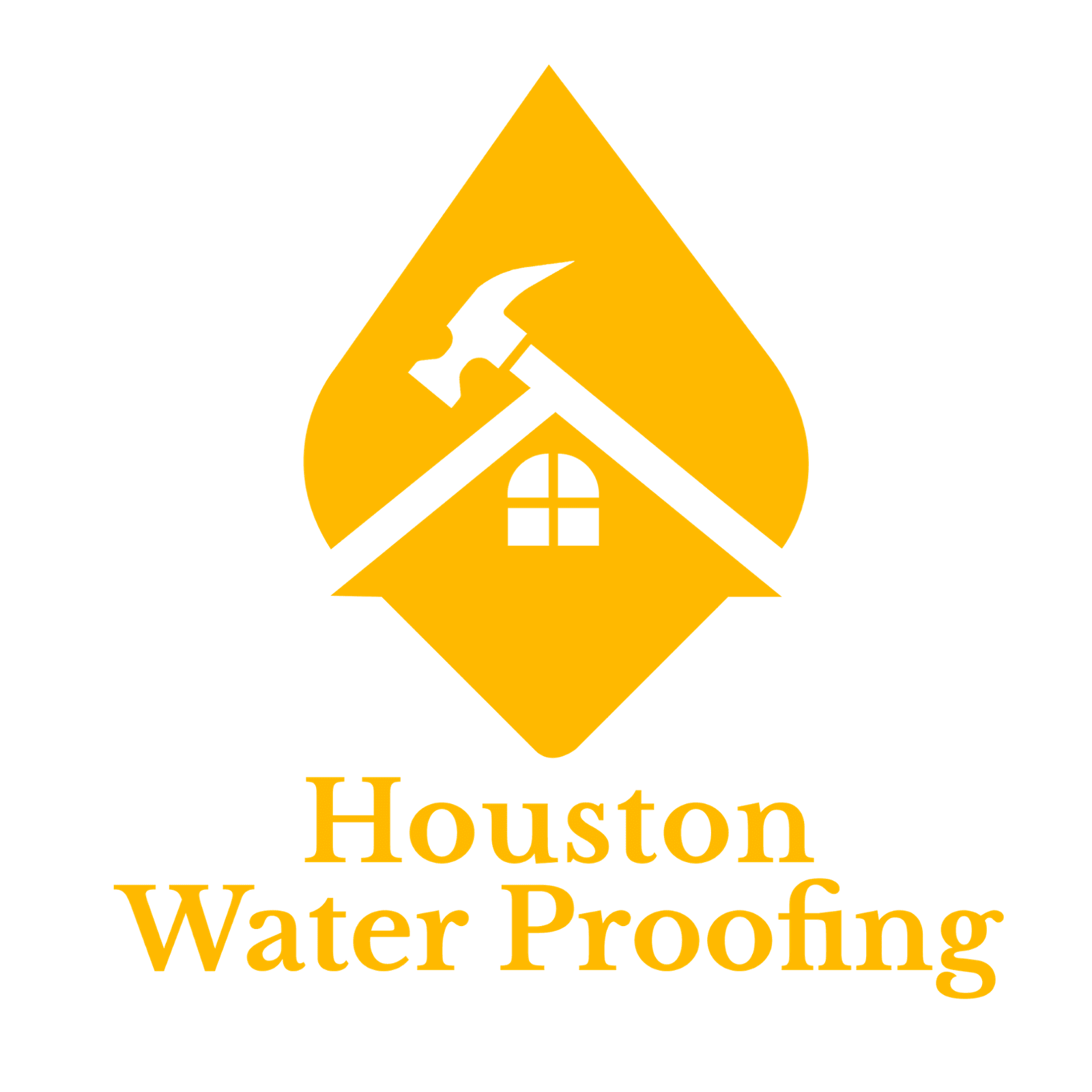Balconies are wonderful extensions of our living spaces, offering a serene retreat where we can relax, unwind, and soak in the outdoors without leaving the comfort of our homes. However, to ensure the longevity and functionality of your balcony, it's essential to invest in quality waterproof flooring. In this comprehensive guide, we'll explore the importance of balcony flooring waterproofing, the different options available, installation methods, maintenance tips, and much more.
The Importance of Waterproof Balcony Flooring
The Importance of Waterproof Balcony Flooring
The Importance of Waterproof Balcony Flooring
Protecting the Structure: One of the primary reasons for waterproofing your balcony floor is to protect the underlying structure from moisture damage. Balconies are exposed to the elements, and over time, rain, snow, and moisture can seep through the flooring, leading to structural issues such as rot and corrosion.
Preventing Leaks: Waterproof flooring acts as a barrier against water infiltration, preventing leaks and moisture from seeping into the interior of your home. This is crucial for maintaining the integrity of your living space and preventing costly repairs.
Extending Lifespan: Waterproofing your balcony floor can significantly extend its lifespan. Balcony repair near me service can shield it from water damage. The repair can reduce the risk of deterioration and ensure your balcony remains functional and safe for years to come.
Types of Waterproof Balcony Flooring
Types of Waterproof Balcony Flooring
Tiles and Pavers: Porcelain or ceramic tiles are popular choices for balcony flooring. They are durable, easy to clean, and available in a wide range of styles and colors. Additionally, interlocking deck tiles or pavers made from materials like composite, wood, or rubber can be used for a DIY balcony makeover.
Deck Coatings: Waterproof deck coatings are applied as liquid membranes that cure into a seamless, waterproof surface. These coatings are highly durable and can be customized in terms of color and texture. They are often used to resurface existing balconies.
Vinyl and PVC Membranes: Vinyl and PVC membranes are flexible, single-ply materials that provide excellent waterproofing for balconies. They are typically installed as sheets or rolls and can be heat-welded for added durability.
Concrete Sealers: For concrete balconies, applying a waterproof sealer can be an effective solution. These sealers penetrate the concrete, creating a protective barrier against moisture infiltration.
Outdoor Rugs and Mats: Outdoor rugs and mats made from waterproof materials like polypropylene can be a cost-effective and versatile option to protect your balcony floor. They are easy to clean and replace as needed.
Installation Methods
Installation Methods
1. Professional Installation: Complex waterproofing systems such as liquid membranes or vinyl sheets are best installed by professionals. Waterproof companies ensure proper preparation, application, and sealing to guarantee long-lasting results.
2. DIY Installation: If you choose interlocking deck tiles, pavers, or outdoor rugs, you can undertake the installation yourself. Follow manufacturer instructions carefully and make sure your balcony surface is adequately prepared.
Maintenance and Care
Maintenance and Care
Maintaining your waterproof balcony flooring is essential to ensure its longevity and effectiveness:
1. Regular Cleaning: Sweep or vacuum debris regularly, and clean the surface with a mild detergent and water to prevent dirt buildup.
2. Inspect for Damage: Periodically check for any signs of wear, tear, or damage. Promptly repair any cracks or punctures to maintain the waterproofing integrity.
3. Resealing: If you have a coated surface, consider resealing it according to the manufacturer's recommendations to maintain its waterproof properties.
4. Furniture Pads: Use furniture pads or protective mats under heavy furniture to prevent scratching or puncturing the waterproofing.
Investing in waterproof balcony flooring is a wise decision to protect your property from structural damage and create a comfortable, inviting outdoor space. With a variety of options available, from tiles to coatings, you can choose the one that best suits your style, budget, and maintenance preferences. Whether you opt for a professional installation or a DIY project, proper care and maintenance will ensure your waterproof balcony flooring stands the test of time, allowing you to enjoy your outdoor oasis for years to come.
Residential Waterproofing: Protecting Your Home Inside and Out
Residential Waterproofing: Protecting Your Home Inside and Out
When it comes to safeguarding your most significant investment - your home - against water damage, residential waterproofing is an essential measure. Water intrusion can cause a wide range of problems, from structural damage to health hazards due to mold and mildew. We'll delve into the world of residential waterproofing, covering its importance, common problem areas, different methods, and tips for effective maintenance.
The Importance of Residential Waterproofing
The Importance of Residential Waterproofing
1. Structural Integrity: Water can wreak havoc on a home's foundation and structural components, leading to costly repairs or even endangering the safety of occupants.
2. Health and Safety: Water infiltration can foster mold growth, which can cause respiratory issues, allergies, and other health concerns.
3. Property Value: A water-damaged home can lose significant value, making it harder to sell or refinance.
4. Comfort and Livability: A dry and moisture-free home is more comfortable and inviting, providing a healthier living environment.
Common Problem Areas
Common Problem Areas
Before diving into residential waterproofing solutions, it's crucial to identify common problem areas:
1. Basements: Due to their location below ground level, basements are especially susceptible to water intrusion. Cracks in the foundation, poor drainage, and high water tables are typical culprits.
2. Roof and Attic: Leaky roofs or poorly ventilated attics can lead to water infiltration and damage to ceilings, walls, and insulation.
3. Exterior Walls: Gaps in siding, poorly sealed windows and doors, and damaged mortar joints can allow water to enter the home's structure.
4. Crawl Spaces: Damp crawl spaces are breeding grounds for mold and pests, and moisture can migrate into the living areas of your home.
Residential Waterproofing Methods
Residential Waterproofing Methods
Exterior Waterproofing:
· Foundation Waterproofing: This involves applying a waterproof membrane or coating to the exterior of the foundation to prevent water from seeping in.
· Drainage Systems: Installing a proper drainage system around the foundation, including French drains and sump pumps, can redirect water away from your home.
Interior Waterproofing:
· Interior Drainage Systems: Installing drainage systems inside your basement or crawl space, such as a perimeter drain or a vapor barrier, can help manage moisture.
· Sump Pumps: Sump pumps are used to remove water that collects in a sump basin, preventing it from flooding your basement.
· Waterproof Paints and Sealants: Applying waterproof paint or sealant to basement walls can help keep moisture at bay.
Roof Maintenance:
· Regular roof inspections and maintenance, including replacing damaged shingles or tiles and keeping gutters and downspouts clear, are essential to prevent roof leaks.
Window and Door Sealing:
· Properly sealing windows and doors with weatherstripping and caulk can prevent water intrusion and improve energy efficiency.
Landscaping:
· Proper grading and landscaping can direct water away from your home, preventing it from pooling near the foundation.
Maintenance and Care
Maintenance and Care
To ensure the effectiveness of your residential waterproofing efforts, consider the following maintenance tips:
1. Regular Inspections: Routinely inspect your home for signs of water damage, such as stains, mold growth, or musty odors.
2. Gutter Maintenance: Keep gutters and downspouts clean and free of debris to ensure proper water drainage from the roof.
3. Landscaping: Maintain proper grading around your home to prevent water from pooling near the foundation.
4. Crawl Space Care: Install a vapor barrier in crawl spaces to prevent moisture from rising into your home.
5. Foundation Inspection: Periodically inspect your foundation for cracks or other damage, and repair them promptly.
Conclusion
Conclusion
Residential waterproofing is a critical investment in the long-term health and value of your home. Residential waterproofing contractors protect your basement from flooding, your roof from leaks, or your entire home from moisture-related issues, understanding the importance of waterproofing and implementing effective strategies will help you maintain a safe, healthy, and comfortable living environment for you and your family. Regular maintenance and attention to problem areas are key to ensuring that your residential waterproofing efforts stand the test of time.


